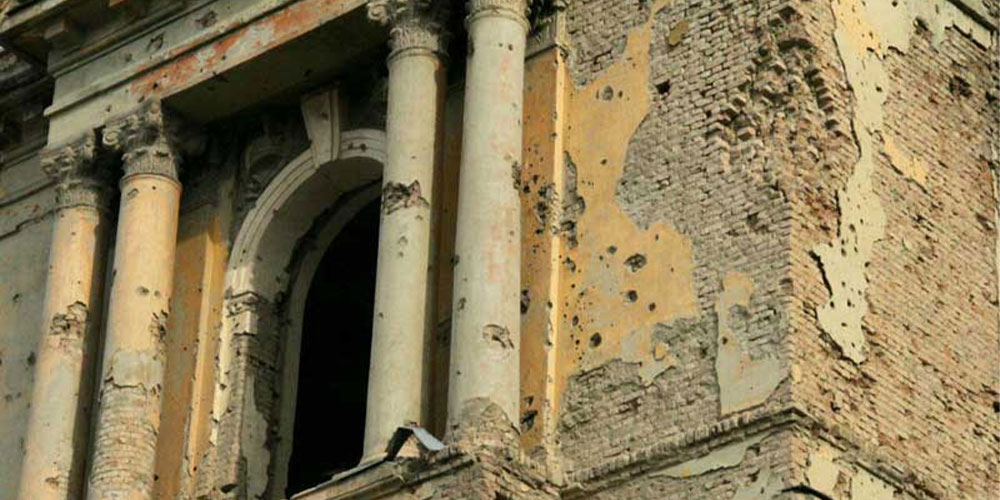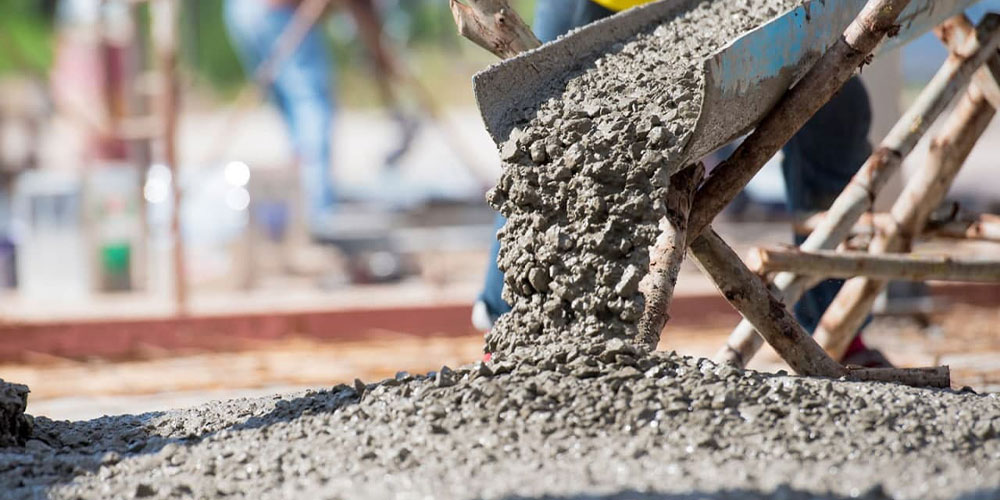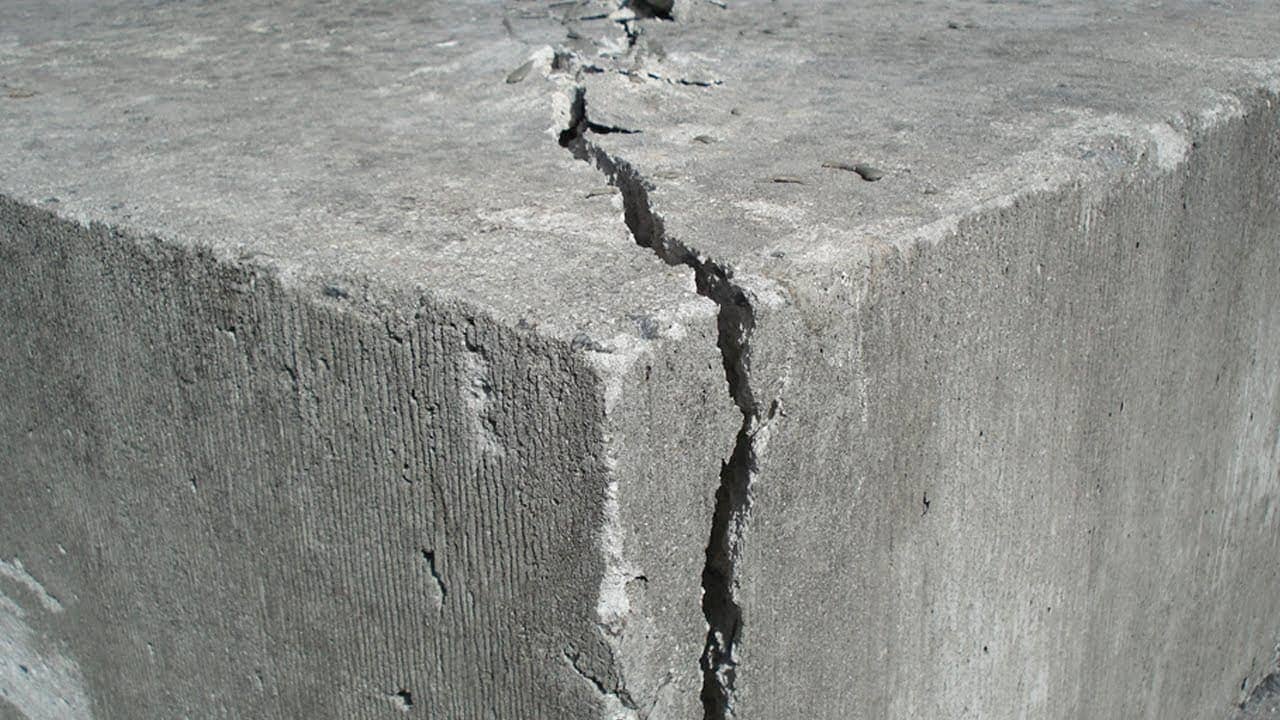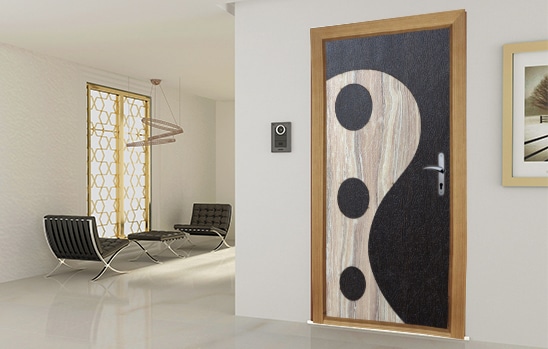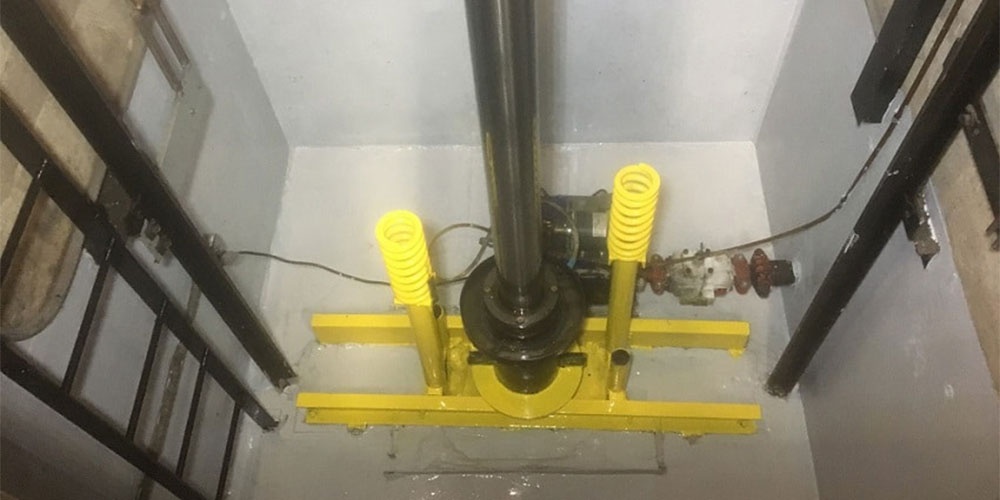Factors Damaging Historical Buildings:
- Moisture: One of the primary causes of damage and deterioration in ancient structures results from snow and rain, which can infiltrate a building in the forms of capillary, penetrating, and hygroscopic moisture. The greatest level of destruction occurs when moisture compromises earthen layers from the wall structures, reducing their tensile strength.
- Cracking: Cracks arise due to various factors, such as surface contractions and periodic temperature fluctuations between day and night. When sunlight heats a clay wall’s surface, it raises the surface temperature, creating a temperature differential between the surface and the interior.
- Plants: When plants grow uncontrollably in a historical site, extensively covering the area, they weaken the walls of the structure.
- Root Growth and Movement: Roots can disrupt the integrity of various parts of a structure. In some cases, their roots are strong enough to split a wall or penetrate deeply into clay cracks to reach the other side.
- Wind and Storms: The erosive action of sand particles during storms alters buildings from their original architectural form.
It is worth mentioning that the Z90 sealing adhesive and resin, while waterproofing and enhancing the structural integrity, protect against deterioration caused by bacterial growth and the aforementioned factors, without altering the appearance of the structure.




